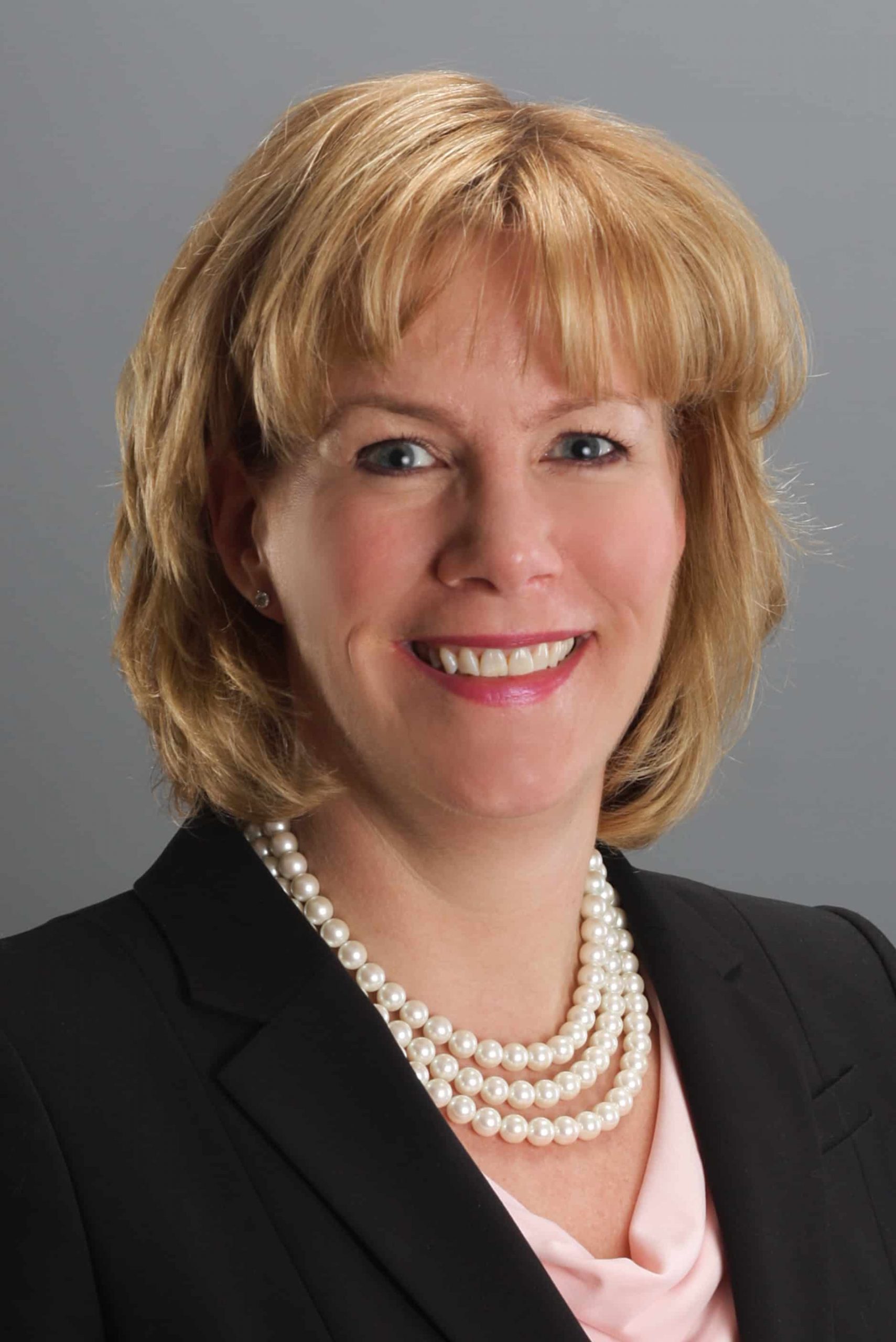While we marketers may be drawn to our profession for any number of reasons, it’s not likely that finance is among them. The chance to design attractive printed brochures, create engaging websites, and plan memorable events are all fun parts of the job. However, understanding your firm’s finances – and how marketing impacts the bottom line – is key to a marketer’s career growth and job security.
“To earn a seat at the table, you need to know the numbers.”
This phrase is the personal anthem of Anne Crowe Kroger, MBA, FSMPS, CPSM. The director of business development for Walker Parking Consultants, Kroger has spoken to marketers about the importance of knowing the basics of their firm’s finances. She explains that only by educating yourself and becoming familiar with your firm’s bottom line can you begin to communicate the value of marketing to principals, and demonstrate what you can contribute to the firm’s success and growth.
Successful A/E/C firms design and produce their work, promote their work (marketing, public relations, and business development), and get paid. If these three pieces aren’t working together, there will not be any funds for marketing activities. To gain a basic understanding of a firm’s financial status, it is important to understand several key terms:
- Multiplier: This number indicates how many dollars you bring in per dollar spent on direct labor, and is a measure of a firm’s overall efficiency. This number helps firms determine which contracts and clients are profitable and on which they spend more hours than projected.
- Utilization rate: depicts how billable a firm is. The industry standard is somewhere in the range of 60 to 65 percent. A healthy staff utilization rate is one of the most important components of profitability.
- Profit margin: the ratio of net profit (income minus expenses) to net revenues. A firm’s profit can vary, but it should be a positive number.
- Average receivable collections: the average number of days it takes to collect from clients for services, from the date of billing to the date of collection. (30-60 days is good; 180 is a problem)
- Return on investment (ROI): assesses the efficiency of an investment (such as a response to an RFP). To calculate ROI, the benefit (return) of an investment is divided by the cost of the investment.
Marketing professionals need to know how their firm is doing, and how their work contributes by assessing the ROI for every marketing activity. To accurately determine ROI, each project must have a plan and specific goals in place against which its success can be measured. For example, if the goal of an email blast is to introduce the firm to a new target market, it is crucial to define the outcomes you hope to achieve, such as:
- Receive inquiries from five new potential clients in that market
- Be included on three new RFP lists
- Gain at least two in-person meetings
- Be awarded at least one new project, with a minimum value of X
By defining these goals and attaching numbers to them, marketing can justify its costs with real ROI.
Some firms are quite open about financial figures; with others, it may take a bit of investigation. Marketing directors, principals, and accounting staff are all good sources – take one of them out to lunch to pick their brain, or request a meeting to explain the basics. The SMPS Marketing Handbook also has a section about financial information for marketers – read it to gain a better feel for the questions you need answered.
The idea that marketing (among other non-billable roles) is just overhead or a waste of money can be a common challenge. In order to demonstrate marketing’s value and importance to the firm’s success, you must care about what the principals care about: numbers, numbers, numbers. Start educating yourself early in your marketing career and gain financial knowledge as you hone your marketing skills. Read beyond RFP proposal requirements into the nitty-gritty of contract and financial terms, ask questions, think about the big picture, and prepare yourself for career success and advancement.
Susan Shelby, FSMPS, CPSM, is the president and CEO of Rhino Public Relations. This article originally appeared in the SMPS Boston blog Outlook







